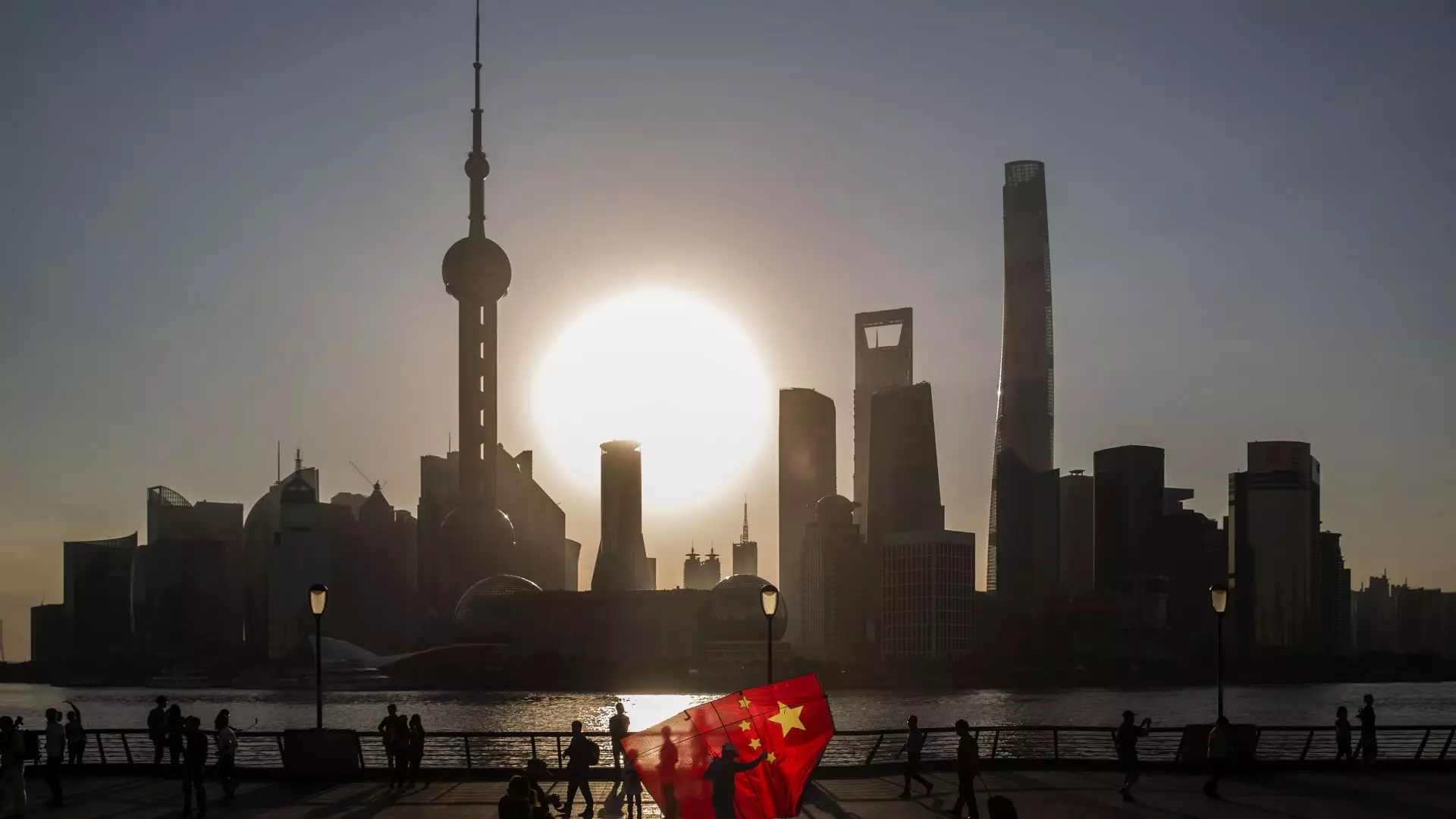In a stark demonstration of volatility, the Asia-Pacific stock markets experienced a significant downturn following Wall Street’s own plunge. Australia’s S&P/ASX 200, for instance, suffered a sharp decline of 2.28%. Japan’s Nikkei 225 was hit even harder, plummeting by 5.46%, while the wider Topix index fell by 5.05%. South Korea’s Kospi reacted similarly with a setback of 1.55%, and even the smaller Kosdaq index only managed a tepid contraction of 0.11%. This market turbulence sends a clear signal: the fragility imposed by geopolitical tensions continues to loom large over investor sentiment.
Growing Doubts Amid Trade Negotiations
The cause of this financial trepidation is fairly evident, rooted deeply in the ongoing trade tussle between the United States and China. President Trump’s latest move—a temporary reversal of reciprocal tariff rates—seemed more like a bandage on a gaping wound. Analysts at ANZ voiced a sentiment resonating within financial circles: the extension of tariff waivers only deepens uncertainty without providing any genuine resolution. This lack of clarity leads to skepticism about the potential outcomes of trade negotiations, which, in turn, casts a shadow over investment decisions and growth forecasts.
Critics might argue that such short-term fixes fail to address the underlying issues plaguing international trade. The cumulative tariff rate on China has now reached an astounding 145%, with a staggering 125% on goods and an additional 20% related to the fentanyl crisis. Such exorbitant tariffs are not just aggressive; they are tantamount to economic self-sabotage, deliberately hindering any chance for constructive dialogue or compromise.
Temporary Gains Cannot Mask Long-Term Risks
While U.S. stock futures showed signs of recovery, adding a modest 0.3% for S&P 500 futures and a slight uptick for Dow futures, these numbers feel like mere echoes of a much more tumultuous reality. The previous day’s market rally, triggered by the tariff reprieve, quickly dissipated as investors processed the implications of a market environment riddled with uncertainty. The S&P 500’s 3.46% drop and the Nasdaq’s staggering decline of 4.31% reveal a troubling trend: temporary gains shrouded by deeper, unresolved issues may only exacerbate long-term vulnerabilities.
As this economic drama unfolds, skepticism rather than optimism prevails. This sentiment begs a larger question: can policymakers embrace the complexity of modern global trade, or will they continue to pander to populist sentiments that prioritize short-term wins over sustainable growth? History has shown us that deep-seated conflicts often require both omniscience and foresight, a blend sorely lacking amid today’s polarized political atmosphere.
A Call for Rational Discourse
What is incredibly disheartening is that these financial tremors stem from a failure of rational discourse. Bridging economic dialogue between the U.S. and China is essential, but it cannot happen if both sides refuse to compromise. Stakeholders across the globe would benefit from a robust conversation centered on mutual interests instead of resorting to aggressive posturing that only escalates fear and uncertainty in the market.
Liberal economic thought proposes a pathway forward—not through isolationism or tariffs, but through collaboration, negotiation, and understanding amid our intertwined destinies. Without a move towards rationality in trade discussions, the markets may very well be staring down a future defined not by growth, but by pervasive instability.


Leave a Reply